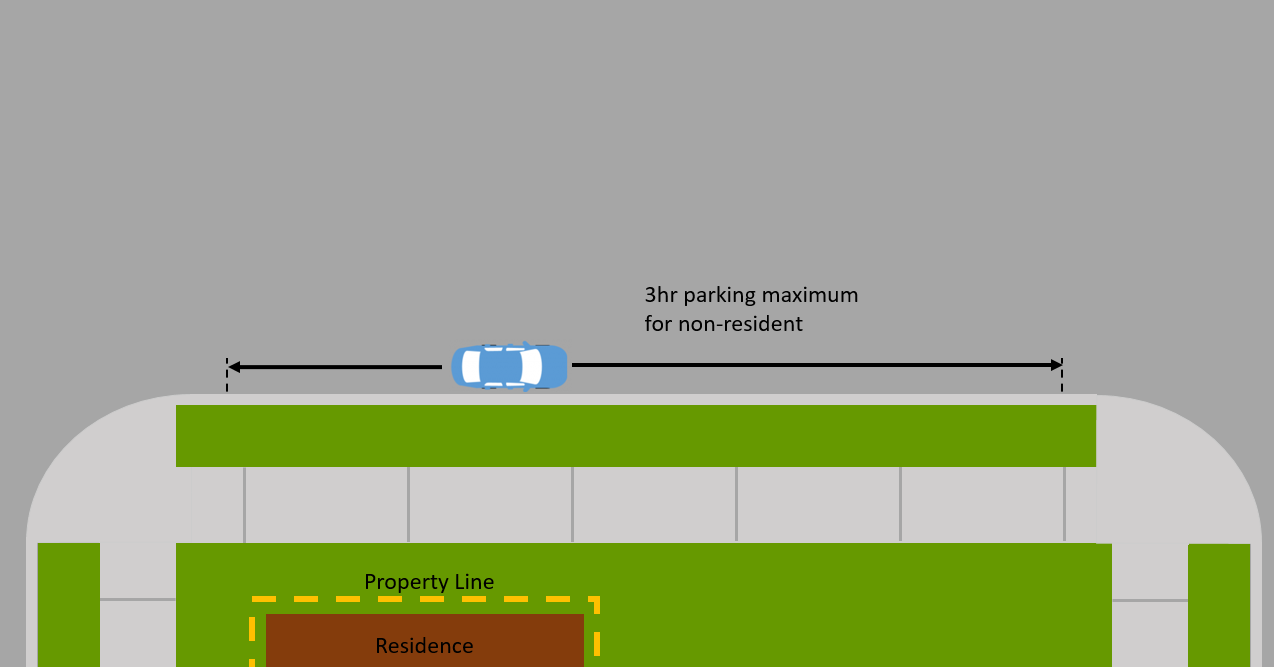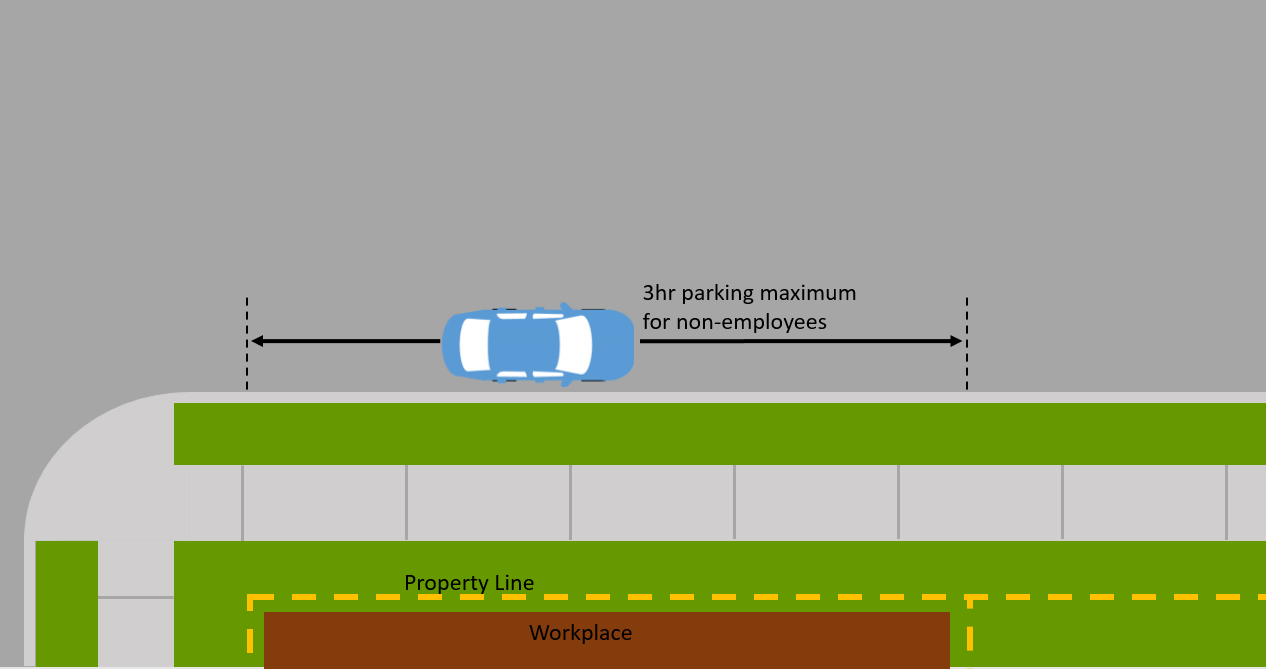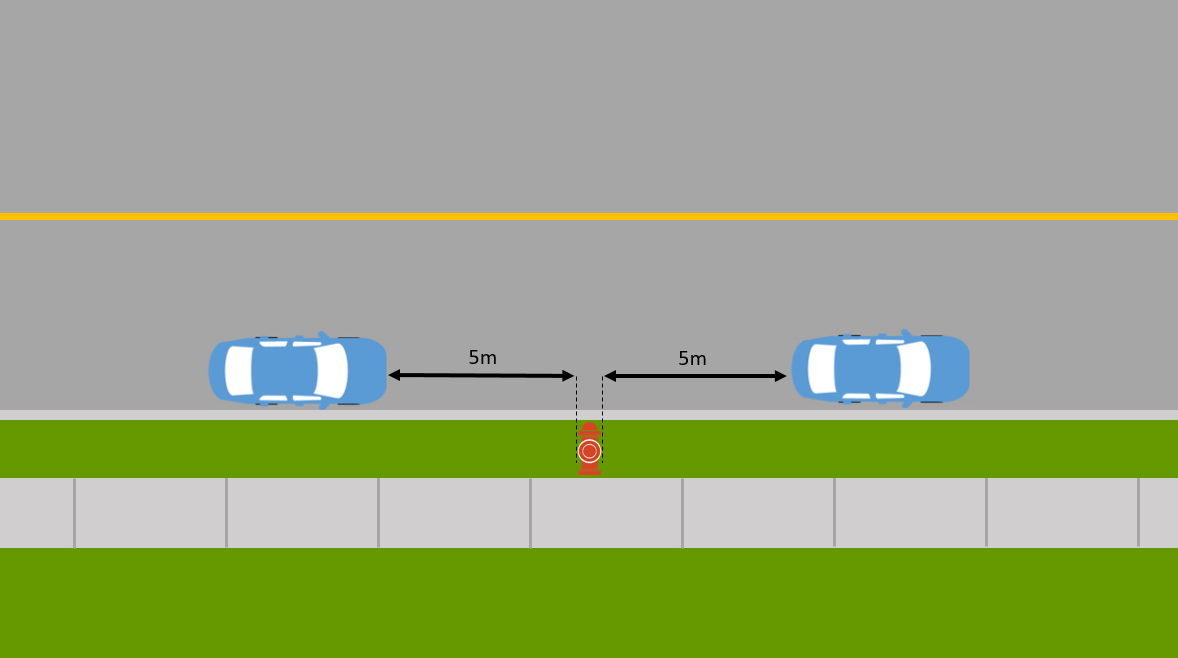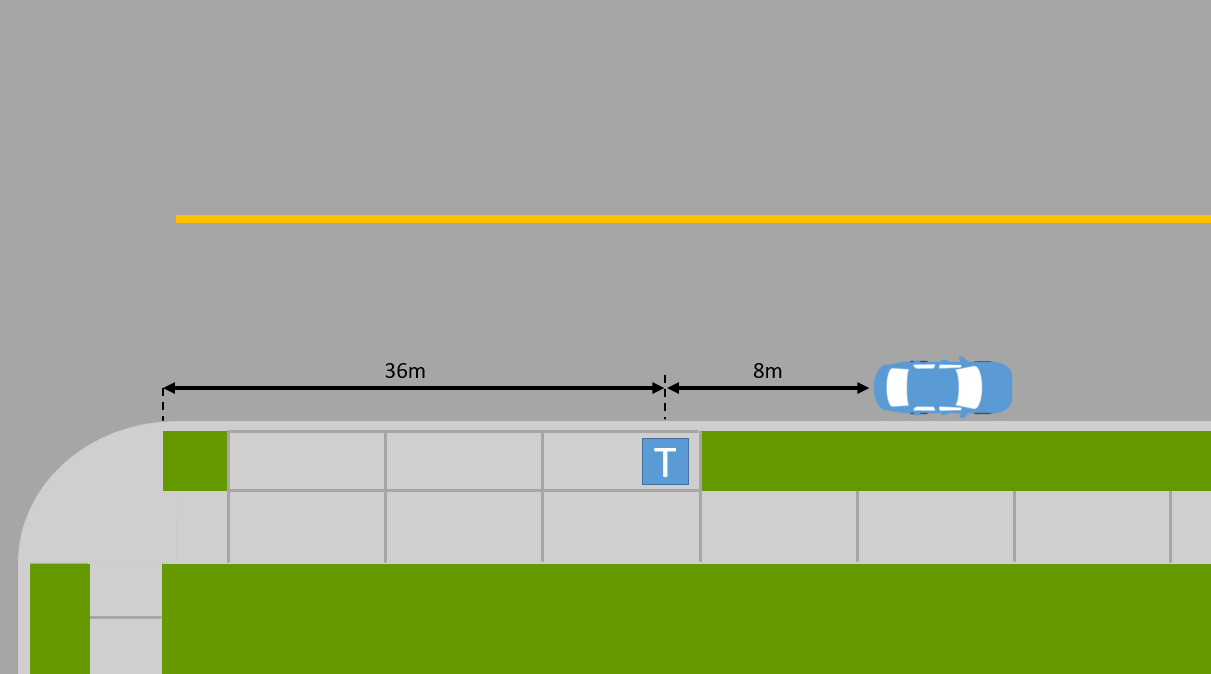Not all parking rules in Vancouver require signed zones. Street and lane regulations are enforced under Street and Traffic By-law 2849 PDF file (947 KB).
Street parking violations
-
-
3-hour by-law: Parking next to properties where you do not live or work
New updates to the by-law: November 2023
-
Blocking access to property, access to fire hydrants, and restricting sightlines
-
Blocking access to bus stops
-
Blocking drivers and pedestrians from moving
-
Stopping on boulevards or medians
-
Lane parking violations


















